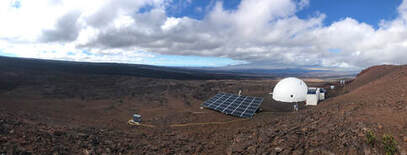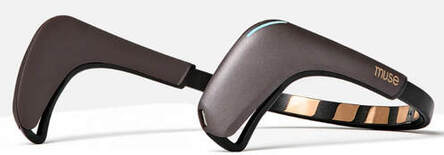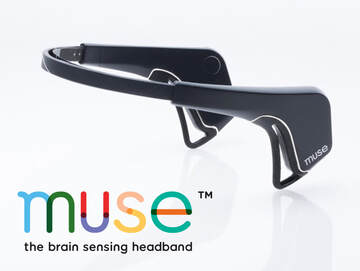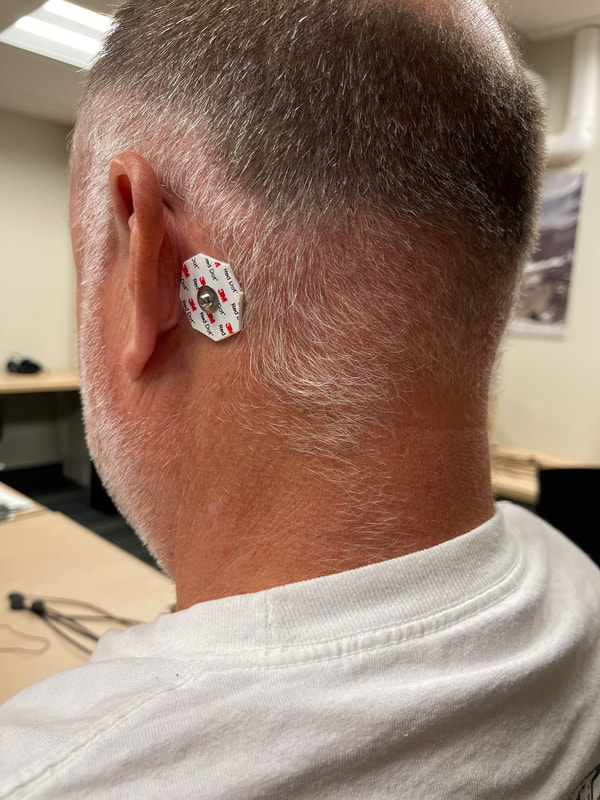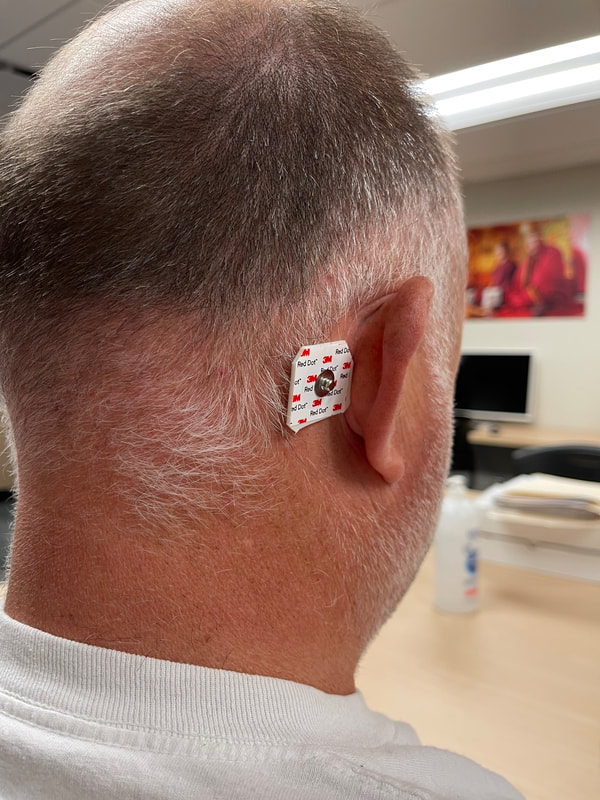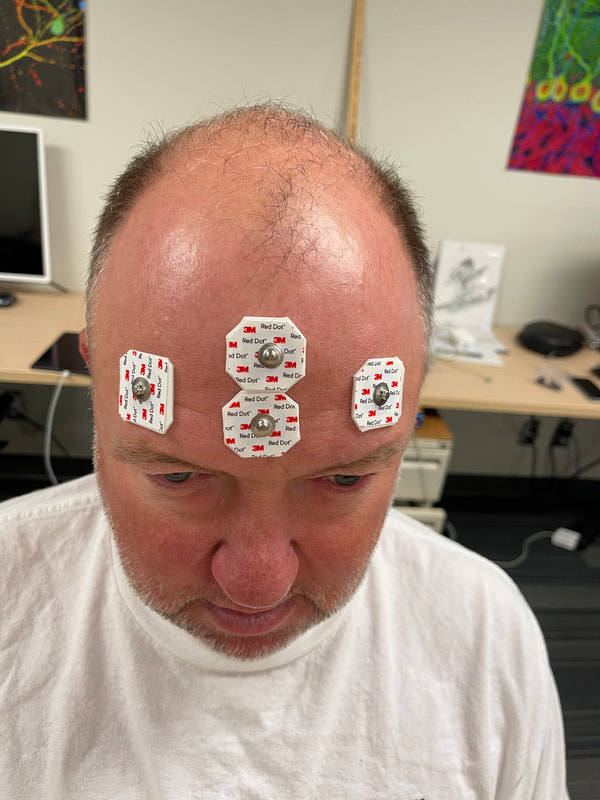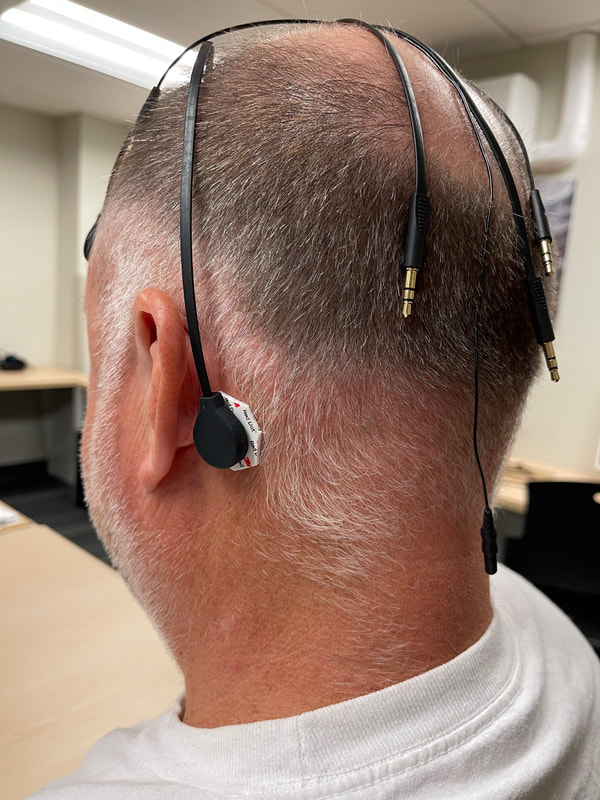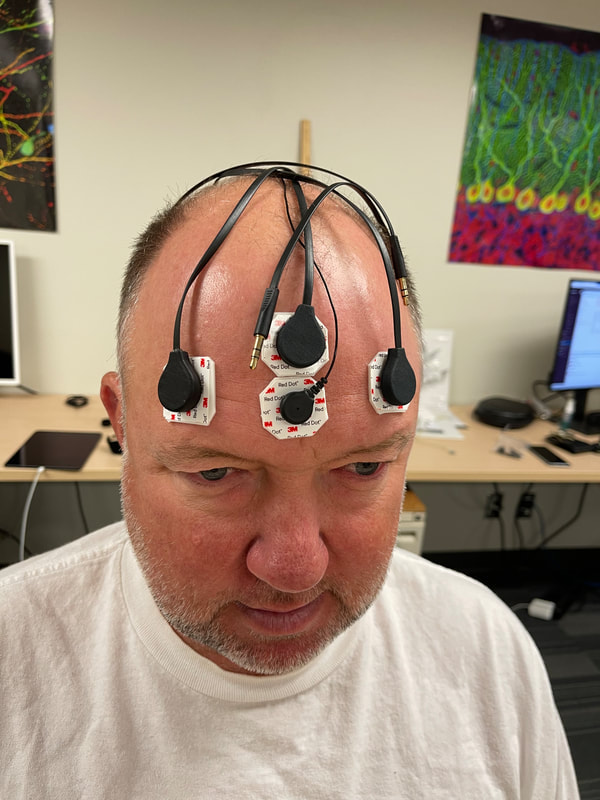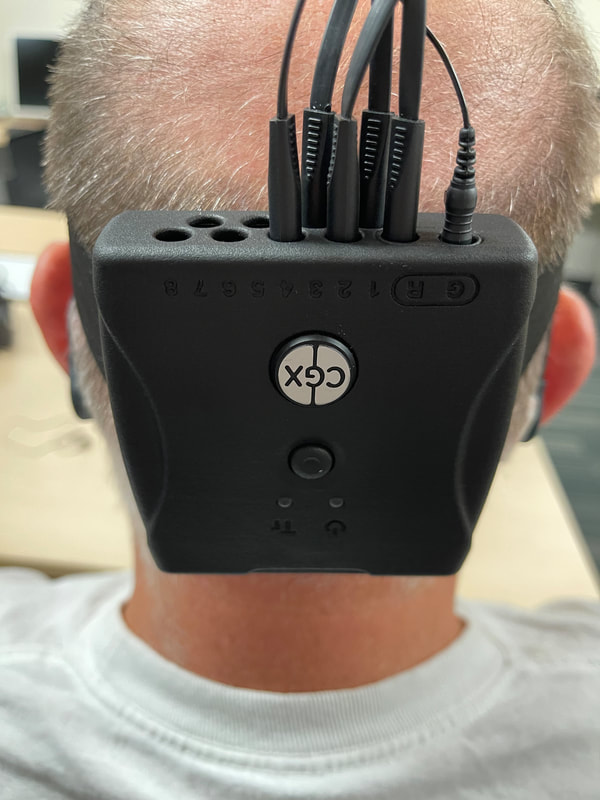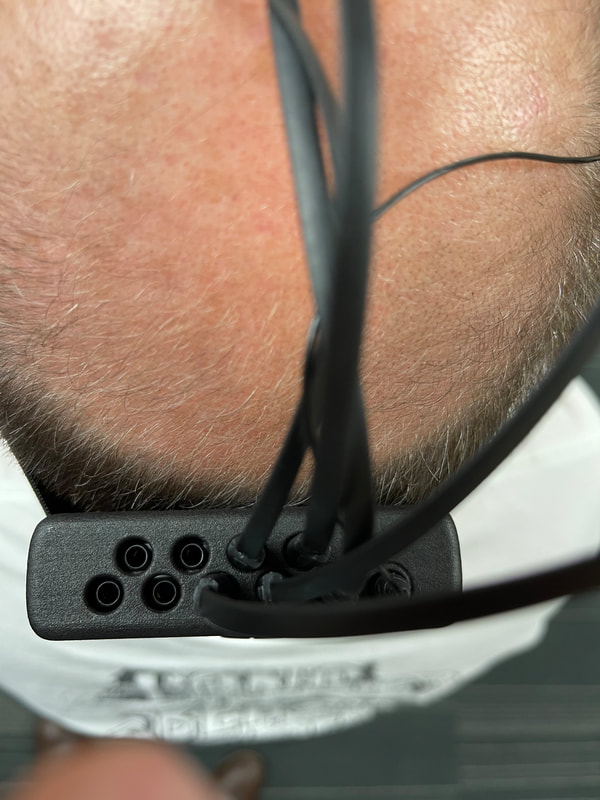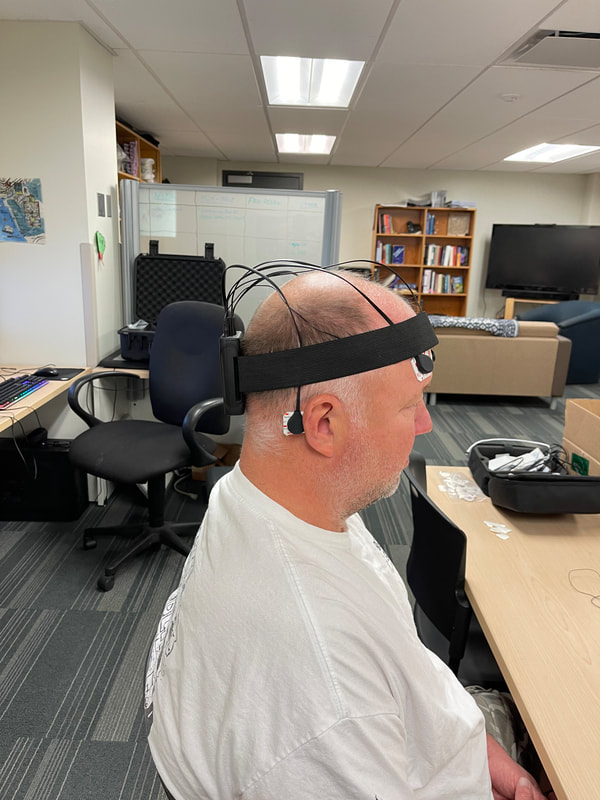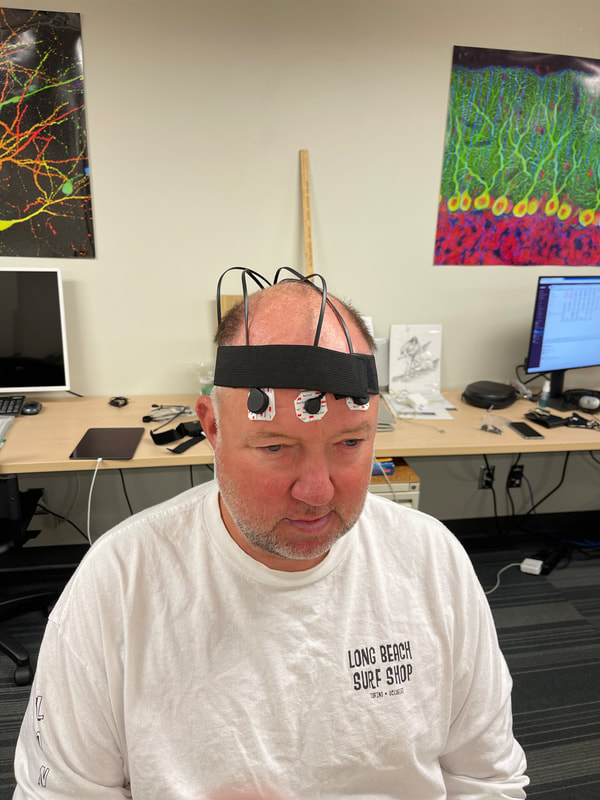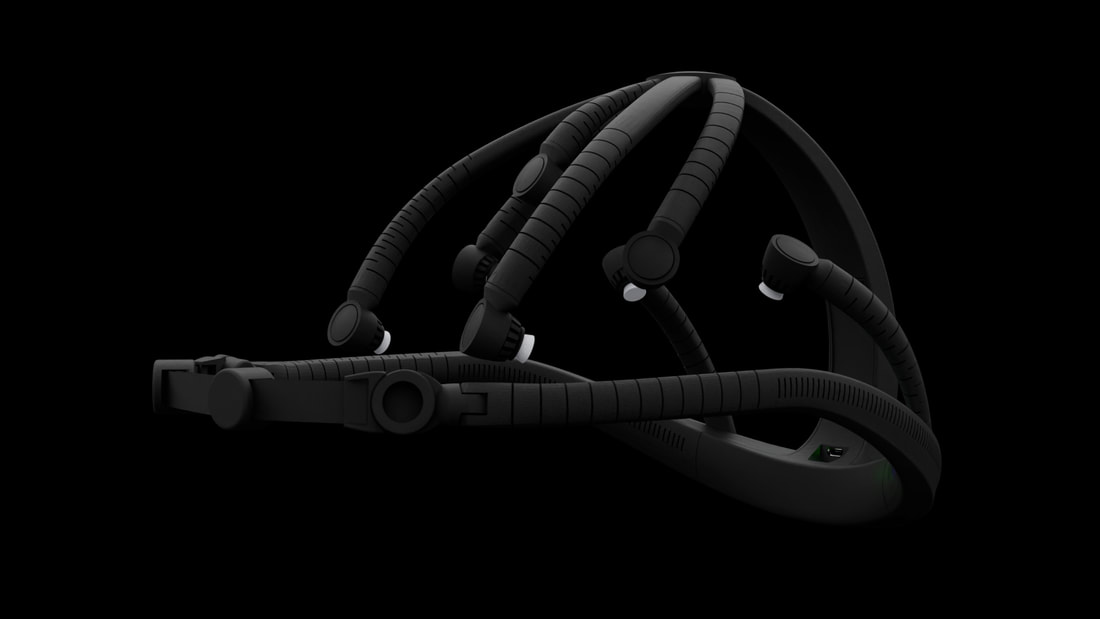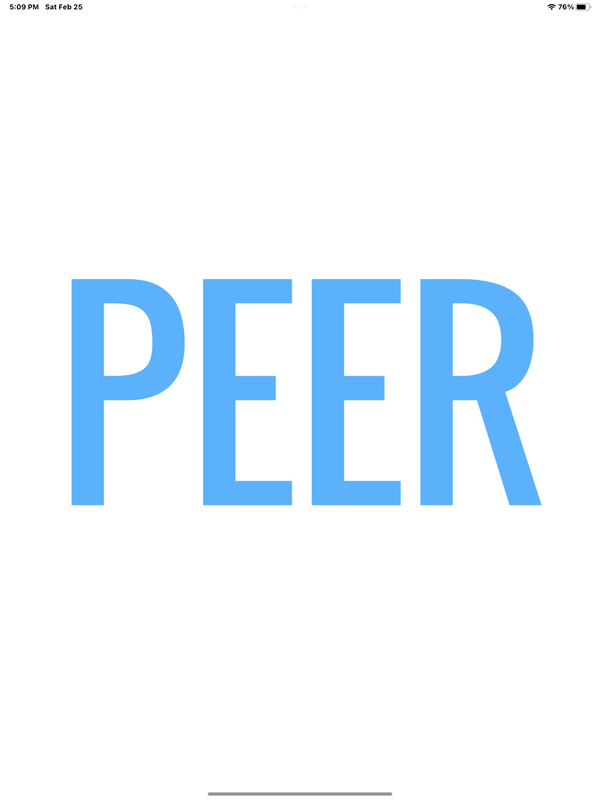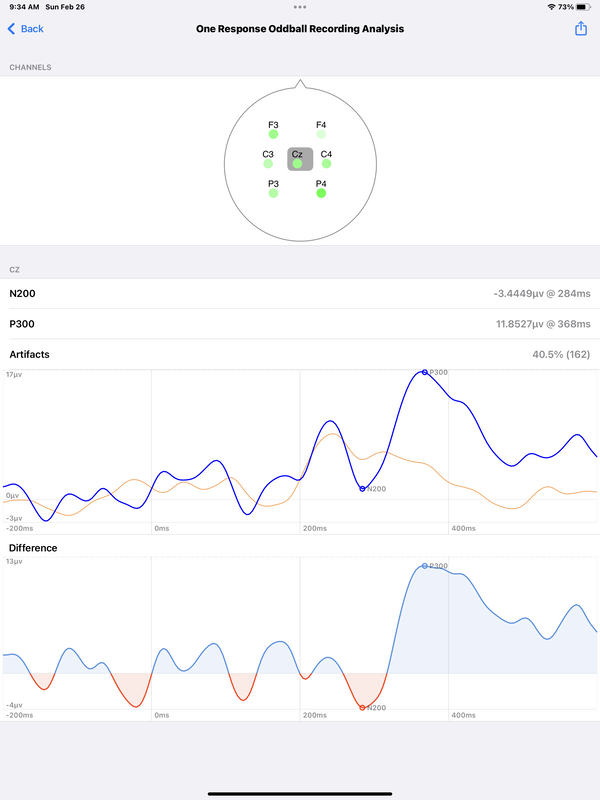Our lab is known for our expertise in mobile electroencephalography (mEEG), a technology that we have helped developed and done a lot of research with. The resources provided here are free to use and we will did do our best to keep them updated and provide support as much as possible.
-
MUSE
-
Cognionics
-
X-On
-
PEER
<
>
|
We have recently begun working with the Cognionics Dev Kit, Quick 20 systems, and Quick 32 systems.
This page is under active development but the basics are here. Instructions below show how to record raw EEG data or generate ERPs. |
1. Pair Cognionics headset with laptop (currently only Windows supported).. This is done via the adapter that comes with the headset (a fancy bluetooth adapter). See here for a referene:
http://cognionics.com/wiki/pmwiki.php/Main/DevicePairing
2. Open the native software for Cognionics. This will allow you to check impedances, etc AND enable streaming to LSL and specifically Lab Recorder.
See here for information on the Acquisition Software:
http://cognionics.com/wiki/pmwiki.php/Main/DataAcquisitionSoftware
3. Download LSL's LabRecorder and install it. Once opened you will see the LSL Stream for the EEG system. Click to enable it and then you can record EEG data.
See here for Labrecorder:
https://github.com/labstreaminglayer/App-LabRecorder/releases
And here for more information on LSL:
https://github.com/sccn/labstreaminglayer
4. You can do ERP research with CGX EEG systems using Lab Recorder as it is possible to send event markers to Lab Recorder from both MATLAB and Python. To do this in MATLAB you need to do two things:
One, open the stream to LabRecorder to send markers:
lib = lsl_loadlib(); %Load LSL libraries
info = lsl_streaminfo(lib,'Markers','Markers',1,0,'cf_string','myuniquesourceid23443'); %Create marker stream
outlet = lsl_outlet(info); %Open connection to export markers
Two, you need to send a marker when events occur:
outlet.push_sample({num2str(marker)},0);
Full instructions on how to do this in MATLAB can be found HERE in software developed by Chad Williams and sample code he developed to do it is HERE. Chad's full instructions are HERE. Additionally, HERE is some sample code showing how this works in a simple visual oddball task.
Dev Kit Electrode Placement
When using the Dev Kit we use wet electrodes at AF7, AF8, TP9, and TP10. We put the reference and ground electrodes in position in the middle of the head. Imagery below.
http://cognionics.com/wiki/pmwiki.php/Main/DevicePairing
2. Open the native software for Cognionics. This will allow you to check impedances, etc AND enable streaming to LSL and specifically Lab Recorder.
See here for information on the Acquisition Software:
http://cognionics.com/wiki/pmwiki.php/Main/DataAcquisitionSoftware
3. Download LSL's LabRecorder and install it. Once opened you will see the LSL Stream for the EEG system. Click to enable it and then you can record EEG data.
See here for Labrecorder:
https://github.com/labstreaminglayer/App-LabRecorder/releases
And here for more information on LSL:
https://github.com/sccn/labstreaminglayer
4. You can do ERP research with CGX EEG systems using Lab Recorder as it is possible to send event markers to Lab Recorder from both MATLAB and Python. To do this in MATLAB you need to do two things:
One, open the stream to LabRecorder to send markers:
lib = lsl_loadlib(); %Load LSL libraries
info = lsl_streaminfo(lib,'Markers','Markers',1,0,'cf_string','myuniquesourceid23443'); %Create marker stream
outlet = lsl_outlet(info); %Open connection to export markers
Two, you need to send a marker when events occur:
outlet.push_sample({num2str(marker)},0);
Full instructions on how to do this in MATLAB can be found HERE in software developed by Chad Williams and sample code he developed to do it is HERE. Chad's full instructions are HERE. Additionally, HERE is some sample code showing how this works in a simple visual oddball task.
Dev Kit Electrode Placement
When using the Dev Kit we use wet electrodes at AF7, AF8, TP9, and TP10. We put the reference and ground electrodes in position in the middle of the head. Imagery below.
For mobile EEG data collection we use PEER - Portable EEG ERP Research developed in conjunction with Brain Wave Software (www.brainwavesoftware.ca).
PEER is an iOS mobile App that can record EEG data via Bluetooth and also allow a researcher to run an ERP paradigm on the same device with just one click. The continuous EEG is preprocessed, and average ERP waveforms are generated, and a difference waveform is computed to display the relevant ERP components on screen, with accuracy and precision. Our software in terms of the paradigms, data acquisition, and data analysis follows current ERP best practices.
PEER also offers a comprehensive suite of ERP paradigms for different cognitive processes, including Visual Oddball, Audio Oddball, Go No-Go, and a Reward Gambling Doors Task. Customization is at the heart of PEER's design, enabling researchers to tailor every aspect of the ERP tasks to their research needs, from the inter-trial times, stimulus onset and offset times, jitter, and more.
PEER provides real-time display of the raw EEG data stream, allowing visualization of the electrical activity in the brain, with the ability to zoom in on individual channels or view the entire array. The PEER App also offers impedance monitoring to ensure high-quality data collection.
Researchers can customize their research with PEER, from stimulus onset times and colors to inter-trial intervals and more. The software can export data in a variety of formats, including the widely-used Brain Vision data format (.eeg) or as a flexible comma-separated text file (.csv). With PEER, researchers have complete control over their research and can easily share their paradigms with colleagues.
PEER is an iOS mobile App that can record EEG data via Bluetooth and also allow a researcher to run an ERP paradigm on the same device with just one click. The continuous EEG is preprocessed, and average ERP waveforms are generated, and a difference waveform is computed to display the relevant ERP components on screen, with accuracy and precision. Our software in terms of the paradigms, data acquisition, and data analysis follows current ERP best practices.
PEER also offers a comprehensive suite of ERP paradigms for different cognitive processes, including Visual Oddball, Audio Oddball, Go No-Go, and a Reward Gambling Doors Task. Customization is at the heart of PEER's design, enabling researchers to tailor every aspect of the ERP tasks to their research needs, from the inter-trial times, stimulus onset and offset times, jitter, and more.
PEER provides real-time display of the raw EEG data stream, allowing visualization of the electrical activity in the brain, with the ability to zoom in on individual channels or view the entire array. The PEER App also offers impedance monitoring to ensure high-quality data collection.
Researchers can customize their research with PEER, from stimulus onset times and colors to inter-trial intervals and more. The software can export data in a variety of formats, including the widely-used Brain Vision data format (.eeg) or as a flexible comma-separated text file (.csv). With PEER, researchers have complete control over their research and can easily share their paradigms with colleagues.
